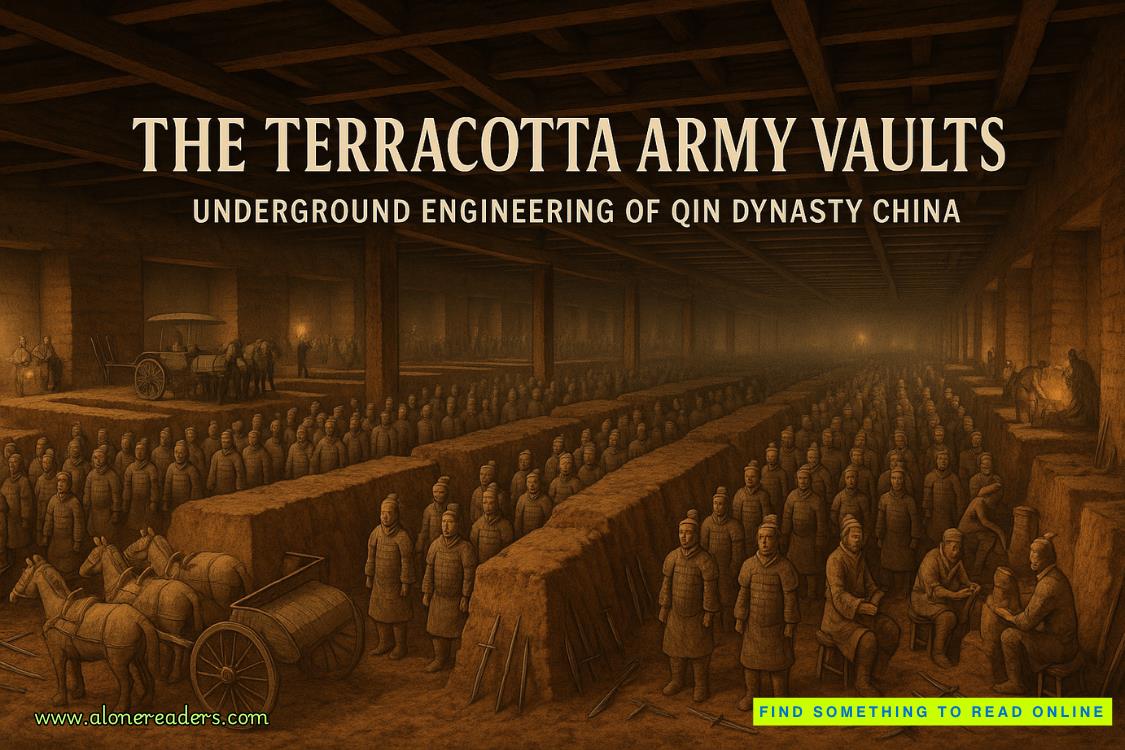Page 14 of The Kill List
His guest questioned him closely on what he had discovered in Mohammed Barre’s dorm room. Then he muttered: “The Preacher.” Det. Hall thought he was referring to a profession, not a code name.
“I guess so,” he said. They reached the hospital main entrance in silence.
The reception desk alerted someone to the arrival of the son of the man in ICU, and Alex McCrae came down from his office. As they went up to the intensive care floor, he explained the seriousness of the wound, which had precluded surgery.
“I can hold out only slim hopes for recovery,” he said. “It’s touch-and-go.”
The son went into the room. He drew up a chair and gazed in the dim light at the rugged old face, locked away in a private place, kept alive by a machine. He sat there throughout the night, holding the sleeping man’s hands in his own.
Just before four in the morning, the eyes opened. The heartbeat quickened. What the son could not see was the glass jar on the floor behind the bed. It was rapidly filling with bright red arterial blood. Somewhere, deep inside the chest, there had been a rupture of a major vessel. The general was bleeding out too fast to save.
The son felt a tiny pressure on his own hands from those he held. His father stared at the ceiling and his lips moved.
“Semper Fi, son,” he murmured.
“Semper Fi, Dad.”
The line on the screen went from mountain peaks to flatline. The bleep converted to a single wail. A “crash” team appeared at the door. Alex McCrae was with them. He strode past the seated figure of the general’s son and glanced at the bottle behind the bed. He held up an arm at the crash team and gently shook his head. The team withdrew.
• • •
After a few minutes, the son rose and left the room. He said nothing, just nodded to the surgeon. In the ICU, a nurse drew the sheet up over the face. The son walked the four flights down to the parking lot.
In his car twenty yards away, Det. Hall sensed something and awoke from a light sleep. The general’s son walked across the parking lot, stopped and looked up. Dawn was still two hours away. The sky was black, the moon had set. Far above the stars glittered; hard, bright, eternal.
Those same stars, unseen in a pale blue sky, would be looking down on another man, lost to sight in a wilderness of sand. The standing man looked up at the stars and said something. The Virginia detective did not catch it. What the Tracker said was: “You just made this very personal, Preacher.”
4
In a world of code names to hide real identities, the Tracker had given his new helper the pseudonym Ariel. It amused him to choose the sprite from Shakespeare’s Tempest, who could fly invisibly through space and get up to whatever mischief he wanted.
But if Roger Kendrick struggled on planet Earth, he was nothing like that when he sat before the treasure trove of intoxicating equipment the U.S. taxpayers had provided him. As the man from Fort Meade had said, he became a fighter ace, now at the controls of the best interceptor money could buy.
He spent two days studying the construction the Preacher had built to mask his IP address and thus his location. He also watched the sermons and became convinced of one thing at the outset. The computer genius was not the masked man who preached religious hatred. There was another somewhere, his real opponent, the enemy ace flying against him; skilled, elusive, capable of spotting any mistake he might make and then shutting him out.
Had Ariel but known it, his cyberenemy was Ibrahim Samir, British, born of Iraqi parentage, schooled at UMIST—the University of Manchester Institute of Science and Technology. Kendrick thought of him as the Troll.
It was he who had invented the proxy server to create the false IP address behind which he could hide his master’s real location. But once, at the beginning of the sermon campaign, there had been a real IP, and once he had that, Ariel could place the source anywhere on the face of the Earth.
He also perceived very quickly that there was a fan base. Enthusiastic disciples were able to post messages for the Preacher. He determined to join it.
He realized the Troll would never be deceived unless Ariel’s alter ego was detail perfect. Ariel created a young American called Fahad, son of two Jordanian immigrants, born and raised in the Washington area. But first he studied.
He used the background of the long-dead terrorist Abu Musab al-Zarqawi, a Jordanian who had headed al-Qaeda in Iraq until wiped out by Special Forces and a fighter strike. A copious biography was online. He came from the Jordanian village of Zarqa. Ariel created two parents who came from the same village, lived down the same street. If questioned, he could describe it from online information.
He re-created himself, born to his parents two years after they arrived in the USA. He could describe the school he went to, though now supposedly he’d been removed because of panic attacks.
And he studied Islam from online international courses, the mosque he and his parents attended and the name of its resident imam. Then he applied to join the Preacher’s fan base. There were questions—not from the Troll personally but from another disciple in California. He answered them. There were days of delay. And then he was accepted. All the while he kept his own virus, his malware, hidden but ready for use.
• • •
There were four Taliban fighters in the brick office in the village outside Ghazni, the capital of the Afghan province of the same name. They sat, as they preferred, not on chairs but on the floor.
Their robes and cloaks were wrapped around them, for although it had just turned into the month of May, there was still a chill wind off the mountains, and the brick government building had no heating.
Also seated were three government officials from Kabul and the two farangi officers from NATO. The mountain men were not smiling. They never did. The only time they had seen farangi (foreign, white) soldiers had been in the sights of a Kalashnikov. But that was a life they had come to the village to abandon.
There is in Afghanistan a little-known program called simply Reintegration. It is a joint venture by the Kabul government and NATO, run on the gr















